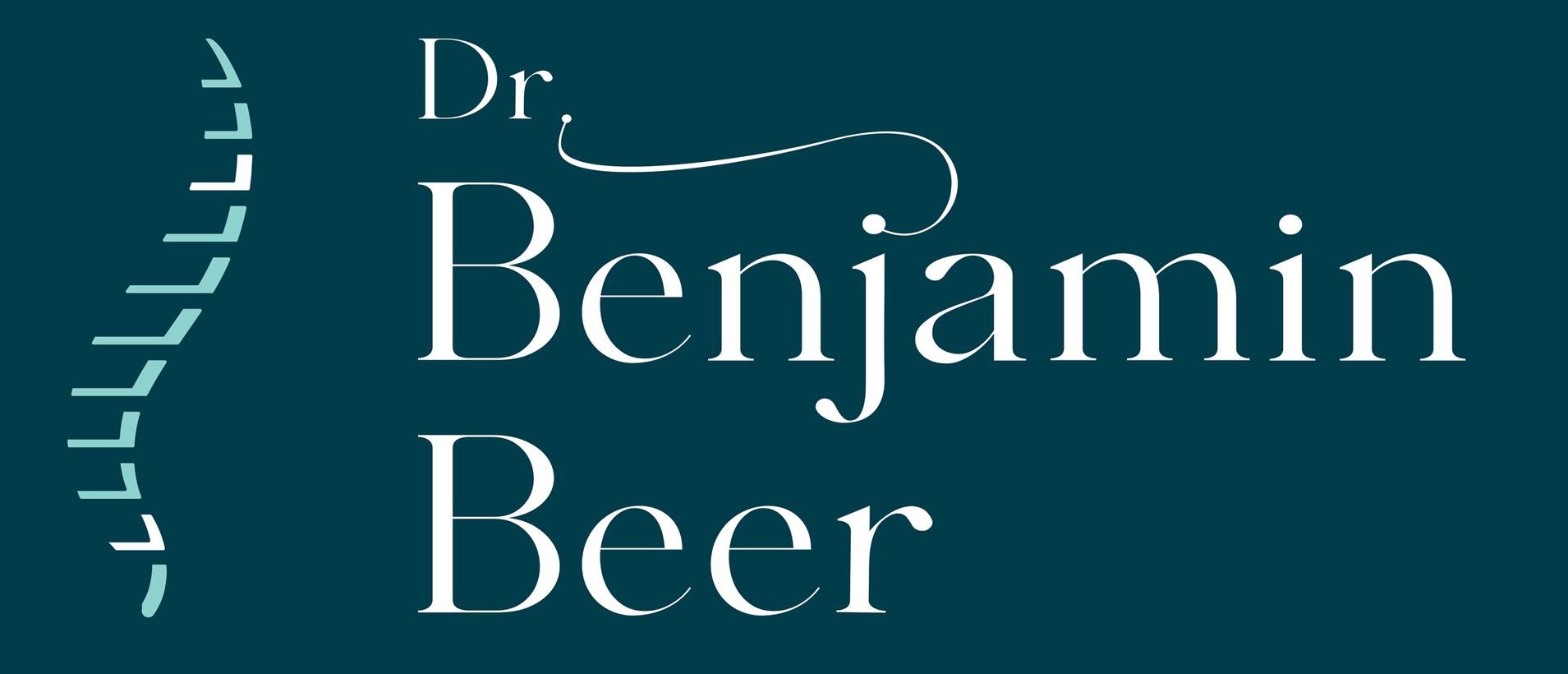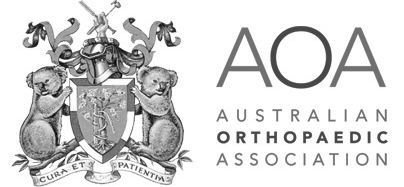Non-Surgical Treatments for Neck & Arm Pain
Who is Suitable for Non-Surgical Treatments for Neck and Arm Pain?
Non-surgical treatments for neck and arm pain are typically suitable for the following:
- People with Acute Pain: Non-surgical treatments often work well for acute or short-term pain patients. This pain can result from minor injuries, muscle strain, or stress.
- Individuals with Chronic Pain: Those with chronic pain, or pain lasting more than three to six months, can also benefit from non-surgical treatments. Chronic pain often arises from arthritis, herniated discs, or degenerative disc disease.
- Patients who can't Undergo Surgery: Certain people may have health conditions that make it unsafe to undergo surgery. Non-surgical treatments can provide these individuals with a viable alternative.
- Those who don't Respond to or want to Avoid Medication: Some people can't take certain medications due to allergies or side effects or may want to avoid them due to personal preferences or fear of dependency. Non-surgical treatments can provide pain relief for these individuals.
- People seeking Preventative Care: Non-surgical treatments can often help prevent future problems and maintain overall spinal health for those without severe pain or damage.
Benefits of Non-surgical Treatments for Neck & Arm Pain
- Non-invasive: Non-surgical treatments are non-invasive, meaning they don't require cuts or incisions. This reduces the risk of infections and other complications associated with surgery.
- Lower Recovery Time: Non-surgical treatments generally have shorter recovery times than surgical interventions, allowing patients to return to regular activities sooner.
- Pain Relief: These treatments can effectively manage acute and chronic pain, often providing significant relief to patients.
- Improved Mobility: Non-surgical treatments can help improve mobility and function, allowing patients to perform daily activities with less discomfort.
- Reduced Dependence on Medication: By managing pain effectively, non-surgical treatments can help reduce a patient's reliance on pain medication, which can have side effects and potential for dependency.
- Cost-effective: Compared to surgical interventions, non-surgical treatments are often more cost-effective, making them a more accessible option for many patients.
- Comprehensive Care: Many non-surgical treatments, such as physical therapy, also involve education about posture, ergonomics, and exercises to prevent future injuries, providing a more comprehensive approach to care.
Non-surgical Treatments for Neck & Arm Pain
Several non-surgical treatments for neck and arm pain are often prescribed based on the nature and severity of the pain and the underlying condition causing it. Here are a few options:
- Physical Therapy
- Medication
- Lifestyle Changes
- Nerve root Steroid Injections
- Heat and Cold Therapy
- Massage Therapy
- Acupuncture
- Chiropractic Care
Physiotherapy for Neck & Arm Pain
Physiotherapy, or physical therapy, involves using exercises and other techniques to improve mobility and relieve pain. Here are some of the methods physical therapists may use to treat neck and arm pain:
- Pain Education: A physiotherapist can help patients understand their pain and how to manage it, which can be a crucial aspect of treatment.
- Manual Therapy: This technique involves the physicotherapist using their hands to manipulate the patient's body. This can help reduce pain spasms and improve movement.
- Exercise: The therapist may recommend specific exercises to strengthen the muscles, improve flexibility, and promote better posture.
- Posture Training: The therapist may teach the patient about proper posture during daily activities to help relieve neck and arm pain.
- Heat and Cold Therapy: Heat can help increase blood flow and relax muscles, while cold can help reduce inflammation and pain.
Medications for Neck & Arm Pain
Several types of medications can be used to manage neck and arm pain:
- Over-the-Counter Pain Relievers: Non-prescription medications like) paracetamol or NSAIDs (non-steroidal anti-inflammatory drugs) like ibuprofen (Advil, Neurofen) can help manage mild to moderate pain.
- Prescription Pain Relievers: A doctor might prescribe stronger pain relievers for more severe pain. These could include opioids, but they are typically used for a short time due to the risk of dependency.
- Muscle Relaxants: These can help relieve pain caused by muscle spasms.
- Antidepressants or Anticonvulsants: Certain medications can be effective for managing chronic pain.
- Topical Medications: Creams, gels, patches, or sprays that are applied to the skin can provide localised pain relief.
- Steroid Injections: A doctor may recommend steroid injections to reduce inflammation if the pain is severe or doesn't respond to other treatments.
Injections for Neck & Arm Pain
Injections are a type of minimally invasive treatment that can provide relief from neck and arm pain. Here are a few types:
- Nerve Block Injections: Nerve block injections involve injecting medication around a specific nerve or group of nerves. The medication can help block pain signals from reaching the brain.
- Facet Joint Injections: Facet joints are small joints at each spine segment that provide stability and help guide motion. Injections of local anaesthetics or anti-inflammatory medications (like corticosteroids) can help alleviate facet joint pain.
- Trigger Point Injections: These injections treat painful areas of muscle that contain trigger points or knots of muscle that form when muscles do not relax.
These injections may provide temporary or long-term relief from neck and arm pain, depending on the specific patient and the underlying cause.
Non-Surgical Treatments for Neck & Arm Pain Prognosis
The prognosis for non-surgical neck and arm pain treatments is generally positive, especially when the treatments are started early. Many people find significant relief from their symptoms and can return to normal activities. However, the prognosis can depend on several factors, including the underlying cause of the pain, the specific treatment used, the patient's overall health, and their adherence to the treatment plan.
Non-Surgical Treatments for Neck & Arm Pain Risks
While non-surgical neck and arm pain treatments are generally safe, they can have potential risks or side effects. These can include:
- Medication Side Effects: Pain medications can cause side effects like nausea, dizziness, and constipation and may lead to dependence or addiction with long-term use.
- Injection Risks: Injections can cause side effects like soreness at the injection site, allergic reactions, or, in rare cases, nerve damage.
- Physical Therapy Risks: Physical therapy can sometimes lead to increased pain or injury if exercises are performed incorrectly or aggressively.
- Alternative Treatment Risks: Treatments like chiropractic care and acupuncture carry their risks, such as the potential for injury from spinal manipulation or infection from acupuncture needles.
Each patient needs to discuss these risks with their doctor, and any treatment plan should be tailored to their needs and circumstances. The potential risks should always be weighed against the benefits to make the best treatment decision.









